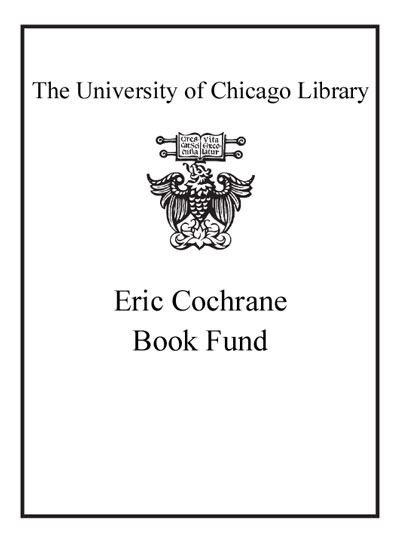Review by Choice Review
This engaging, extensively illustrated book offers an excellent introduction o the art of 15th-century Florence. Organized by broad topics--iconography, media and materials, art theory, patronage, perspective, naturalism, the antique, and reception--the book offers manageable chapters on various case studies. Nethersole (Courtauld Institute of Art, London, UK) grounds explanations of the Florentine Renaissance in careful readings of particular works of art and their contexts. To take patronage as an example, Nethersole treats corporate, female, and sociofamilial patronage separately to tease out how the objectives of these diverse sponsors and audiences affected the appearance of individual works and their installations. The author is careful not to make claims regarding the primacy of the Florentine Renaissance, even as he reiterates the elements that have made the period attractive to historians. Unencumbered by scholarly notes (but equipped with an extensive index and useful bibliography) and written in engaging and compelling prose, this exemplary book should prove fascinating to anyone interested in the art of Renaissance Florence or in larger questions about the history of naturalism, perspective, religious art and devotion, patronage, or the reception of the antique. Summing Up: Recommended. Lower- and upper-division undergraduates; general readers. --Douglas N. Dow, Kansas State University
Copyright American Library Association, used with permission.
Review by Choice Review

